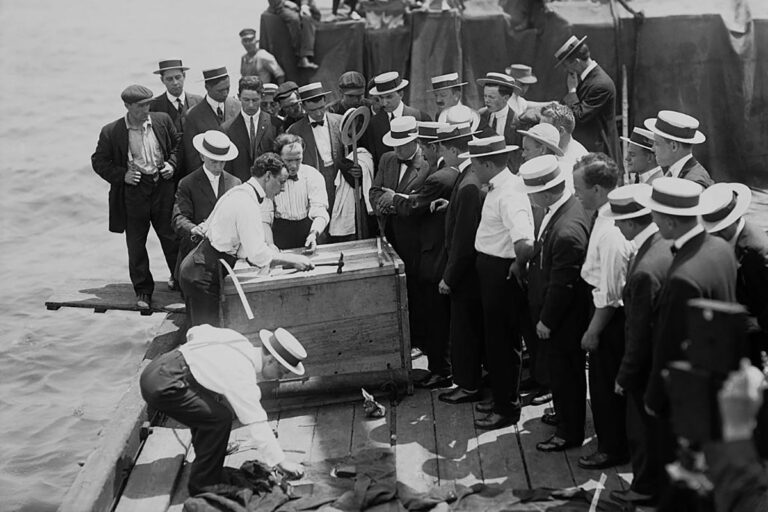
Editor’s note: This is Part 2 of our series on the history of Jewish Harlem. If you missed it, read Part 1 on the forgotten history of Jewish Harlem. Plus, be sure to check out all of our articles for Jewish American Heritage Month.
Did you know that at the beginning of the 20th century, Harlem was the third-largest Jewish community in the world after Warsaw, Poland, and the Lower East Side?
From about 1870 to 1920, Jewish Harlemites, some having newly immigrated to the country, made important contributions to New York City’s social and cultural fabric.
In fact, many of these entrepreneurs, writers, and musicians left an indelible mark on American life that persists to this day.
Let’s dive deeper into the legacies of some of the most famous Jews in Harlem, and how they impacted the country and even the world.
Lena Himmelstein, maternity fashion pioneer
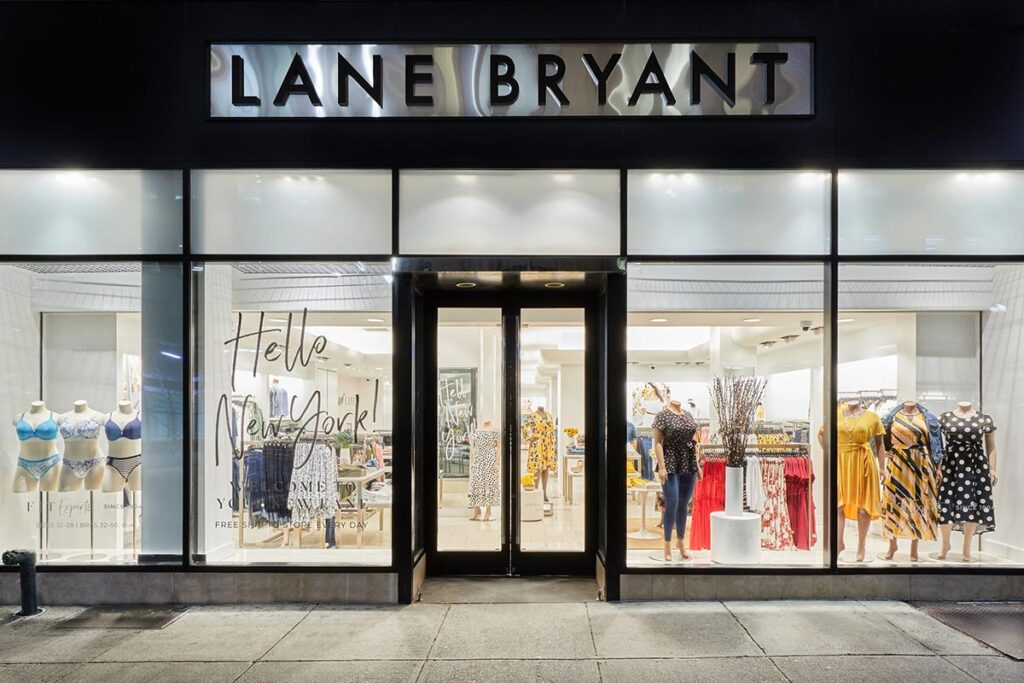
Women’s retail brand Lane Bryant transformed the fashion industry with the first maternity clothing, but few know that the company was created by a Jewish Harlemite.
Lena Himmelstein was a Lithuanian immigrant who became orphaned after her parents were killed in a pogrom.
After working in a garment factory on the Lower East Side, she married David Bryant and moved to Harlem, where she started making gowns out of lace and silk.
In 1904, she opened a shop on Fifth Avenue between 119th and 120th Streets and lived behind it. It wasn’t long before pregnant women in the neighborhood relied on her skills to create comfortable gowns for them.
One day, when Lena opened a bank account, the teller misspelled her foreign-sounding name as “Lane,” which would become her eponymous legacy. Today, Lane Bryant is the largest retailer of maternity and plus-size clothing in the United States with over $700 million in revenue.
On top of all her success, Himmelstein remained connected to her Jewish heritage. She was one of the first and most philanthropic women in corporate America, giving to Jewish organizations like the Hebrew Immigrant Aid Society and the New York Federation of Jewish Philanthropies (today UJA-Federation of New York).
Additionally, Lane Bryant was the first company in the country to offer full benefits, including health insurance, life insurance, pension, and disability to all its employees.
Rodgers and Hammerstein: The Harlem duo that revolutionized Broadway
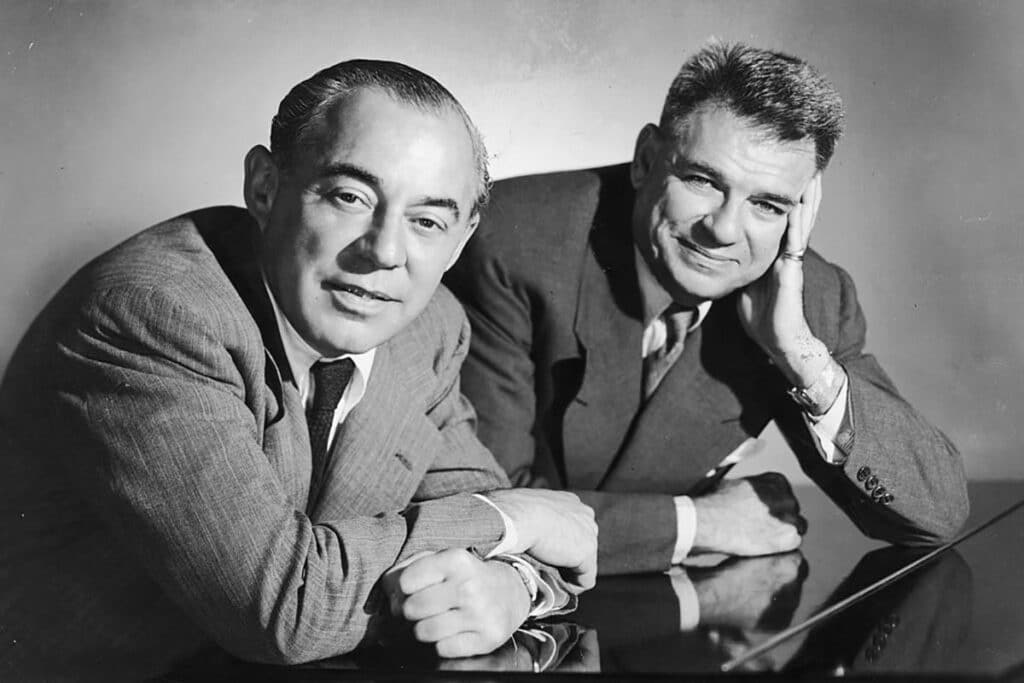
Some of Broadway’s most famous musicals — like “The Sound of Music,” “Carousel,” “South Pacific,” and “Oklahoma!” — were created by two legendary Jewish composers: Richard Rodgers and Oscar Hammerstein II.
Rodgers, originally from Queens, came from a German Jewish family whose original name was Rogazinsky. While attending Columbia University, living at West 119th Street, he met Hammerstein II (whose father built the Harlem Opera House) and fellow Jewish composer Lorenz Hart.
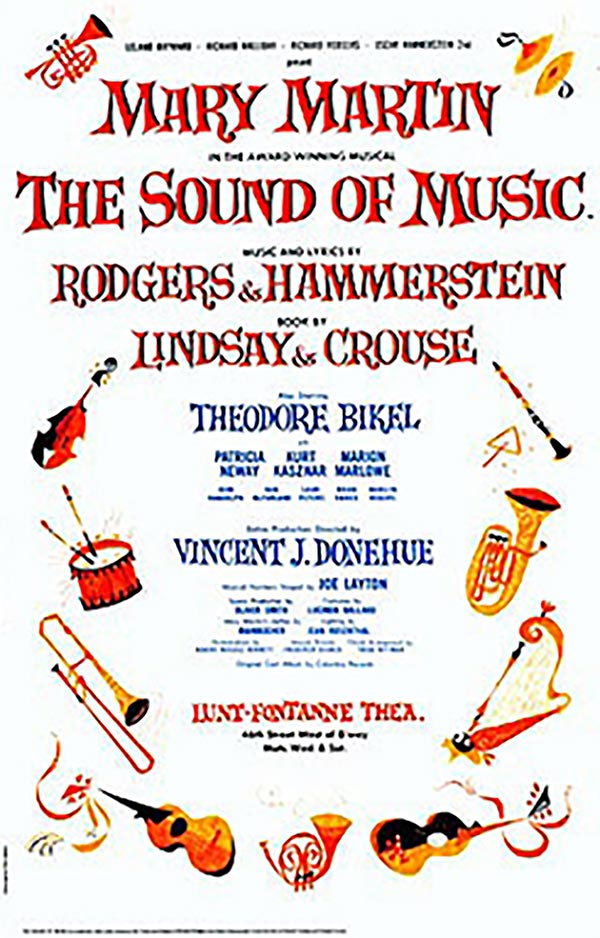
Although Rodgers and Hart wrote comedies for the stage until Hart’s passing in 1943, it was his work with Hammerstein that defined his career.
The pair redefined the musical, producing shows with more serious plots rather than the farce and comedy that was typical at the time. They also incorporated song and dance into an integrated storyline, introducing a new era for the genre.
Together, they composed Broadway’s and Hollywood’s biggest hits, winning a total of 37 Tony Awards, 15 Academy Awards, two Grammy Awards, two Emmy Awards, and two Pulitzer Prizes.
The Blumsteins: Empowering a community through retail
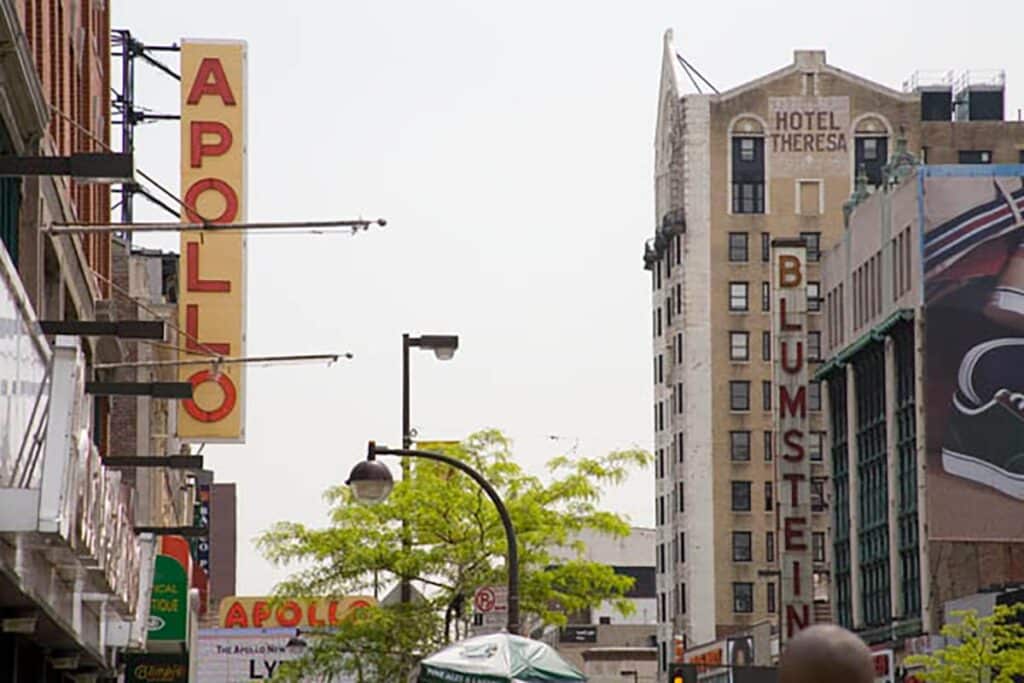
Imagine it is the early 20th century, you are living uptown in New York City and you need a new suit or a particular kitchen appliance. You would most likely shop at Blumstein’s, a famous upscale dry goods store on West 125th Street, across from the Apollo Theater.
German-Jewish immigrant Louis Blumstein originally opened the store downtown in 1886, but relocated it to Harlem two years later, and his sons took over the store after his death.
The department store was a gathering place for Black and Jewish residents while they shopped for everyday goods, contributing to the economic and social development of the neighborhood.
In the mid-1930s, local residents began boycotting Blumstein’s for not hiring Black clerks. The store was only hiring Black employees as elevator operators and porters, even though 75% of Blumstein’s sales were to local Black residents.
Months later, the boycott, a cry to “buy where you can work,” proved successful and Blumstein’s not only began hiring Black clerks, but responded to the needs of the community by improving working conditions and giving preference to Black-owned businesses as vendors and suppliers.
Blumstein’s became known for its progressive values and served as a model for integration at a time when segregation and discrimination against Black people was common in the U.S. Eventually, the rise in larger retailers drove Blumstein’s out of business, ultimately forcing it to close its doors in the early 1970s.
Harry Houdini: The Harlem-based escape artist
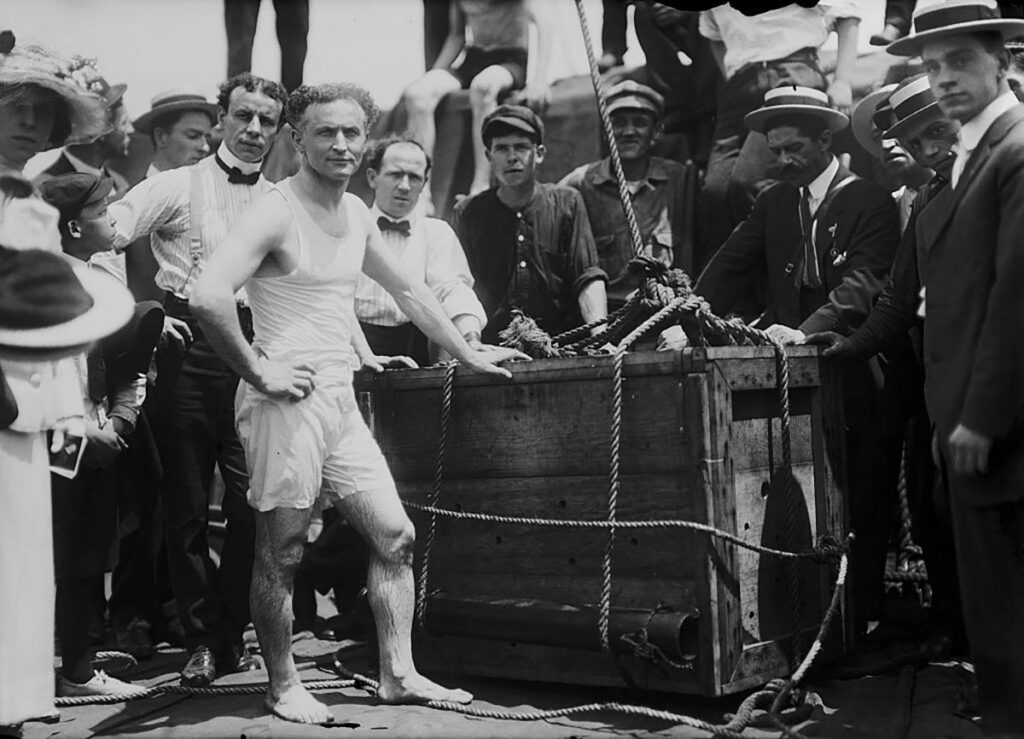
Before he shocked the world by escaping from handcuffs and chains, Harry Houdini was a young Hungarian immigrant born Erik Weisz.
Upon his arrival to America in 1878 at the age of four, his family changed the spelling of his name to Erich Weiss. They settled in Appleton, Wisconsin, where his father served as a rabbi of the German-speaking Zion Reform Jewish Congregation.
In 1887, the aspiring escape artist and his father moved to the Upper East Side, where he launched his career in magic tricks and vaudeville performances. It was during this time that he adopted the pseudonym Harry Houdini after French magician Jean-Eugene Robert-Houdin.
Houdini would go on to travel the world, astounding audiences as he escaped from straightjackets suspended by a crane high in the air and made a real elephant disappear on stage.
In 1904, Houdini made Harlem his home when he purchased a five-story brownstone on West 113th Street and lived there with his wife, Bess, until his death in 1926.
The house, just three blocks from Central Park, was where Houdini practiced his daring escapes. He installed a huge bathtub and large mirror to master his water stunts and wired the entire house for sound in order to perfect his “mind reading effects” on his guests.
The Harlem Houdini house, located at 278 West 113th Street, is recognized as a landmark by the Historical Landmark Preservation Center and sold for $3.8 billion in 2018.
A plaque affixed to the front reads: “The magician lived here from 1904 to 1926 collecting illusions, theatrical memorabilia, and books on psychic phenomena and magic.” He is buried in the Machpelah Cemetery, a Jewish cemetery, in Queens.
Yossele Rosenblatt: The cantor heard ‘round the world
In the beginning of the 20th century, Harlem was once home to almost 200 synagogues, but only one had claim to the world’s most famous cantor.
In 1912, Congregation Ohab Zedek put itself on the map by hiring the most famous cantor in the world at the time, Joseph “Yossele” Rosenblatt.
Ukrainian-born Rosenblatt was known for his powerful, magnificent voice. He was so beloved and famous that Jews from all sects waited in a line that stretched down Fifth Avenue to hear him sing on Shabbat and high holidays.
People all over the world addressed letters to him as “Yossele Rosenblatt, America” that would reach him in Harlem. Rosenblatt became a star, performing on stage, and he sang a couple of religious melodies in the first “talkie” (movie with spoken words), Al Jolson’s “The Jazz Singer.”
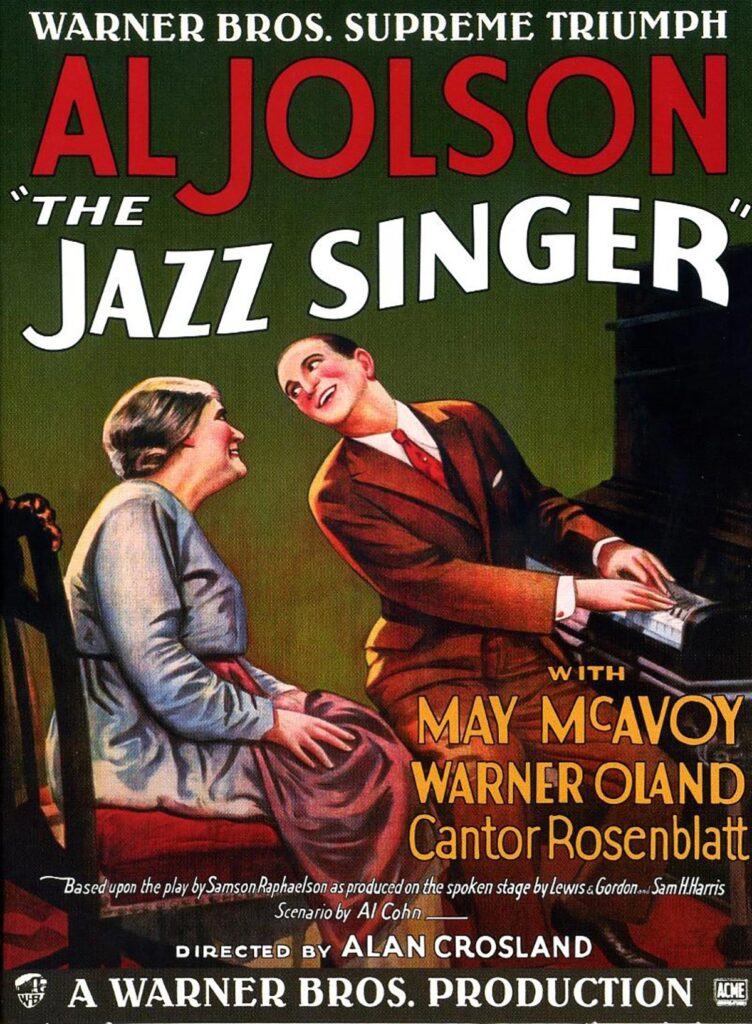
Sydney Cohen, Morris Sussman and Frank Schiffman: Building the Apollo Theater
The Apollo Theater on West 125th Street — a historic music hall that contributed to American music and African American culture — is synonymous with Harlem nightlife and history, but few know of its Jewish owners and their impact on its rise to fame.
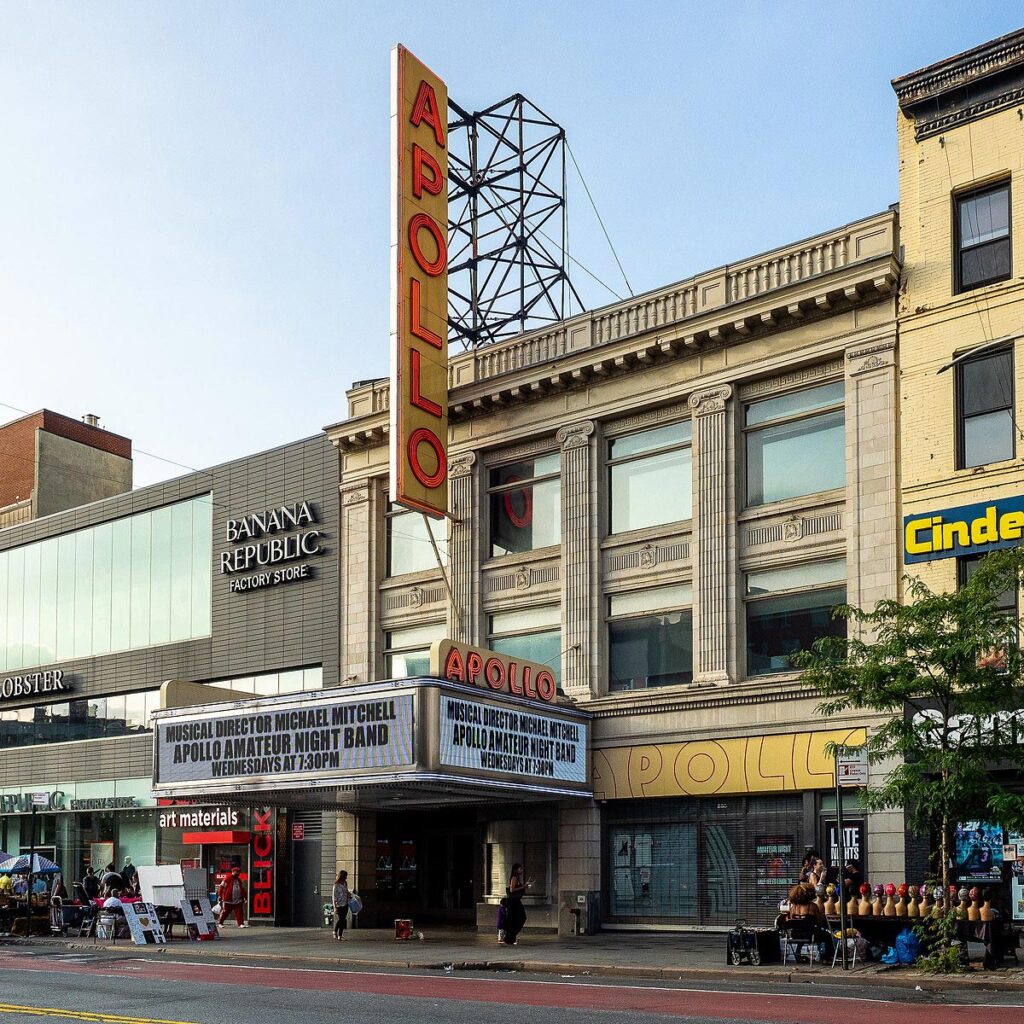
Originally opened as a burlesque theater for white audiences only, the Apollo’s history changed forever in 1934 when it reopened under the ownership of businessmen Sydney Cohen and Morris Sussman, with integrated black and white audiences and performers.
Cohen, who was a talent scout, saw the potential for Black performers to become stars. He was motivated to integrate the theater’s audiences, giving them more exposure while breaking down racial barriers in the entertainment industry.
After Cohen passed away in 1935, Frank Schiffman, owner of the Harlem Opera House, took over and began the Apollo’s Amateur Night every Wednesday, which helped launch the careers of famous musicians like Ella Fitzgerald, Billie Holiday, and Stevie Wonder.
Amateur Night provided Black performers with a stage to showcase their talents when they were often excluded from mainstream, segregated venues. The tradition of Amateur Night at the Apollo continues to this day.
Today, the Apollo Theater proudly stands as a cherished landmark, its neighborhood transformed by the musical acts from inside its walls and its Jewish owners that helped discover them.
Originally Published May 10, 2023 08:35PM EDT


